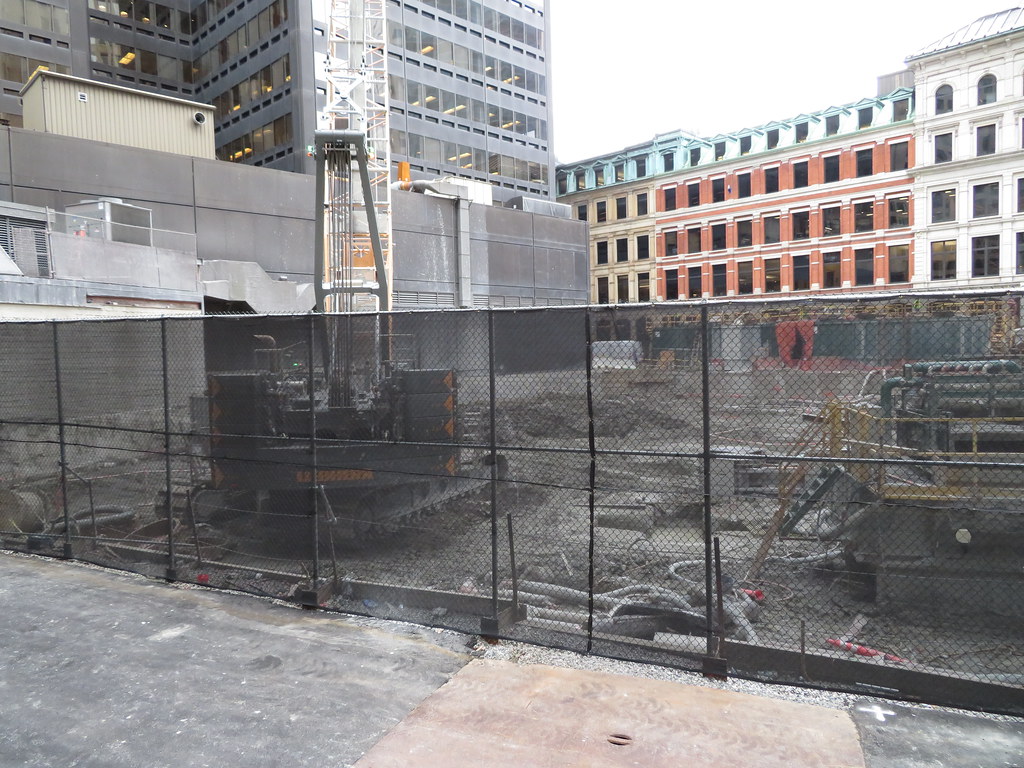odurandina
Senior Member
- Joined
- Dec 1, 2015
- Messages
- 5,328
- Reaction score
- 265
Interesting that the USGS chooses SF as it's poster child;
https://earthquake.usgs.gov/learn/topics/geologicmaps/liquefaction.php
Liquefaction Susceptibility
Liquefaction is a phenomenon where saturated sand and silt take on the characteristics of a liquid during the intense shaking of an earthquake. The highest hazard areas are concentrated in regions of man-made landfill, especially fill that was placed many decades ago in areas that were once submerged bay floor. Such areas along the Bay margins are found in San Francisco, Oakland and Alameda Island, as well as other places around San Francisco Bay. Other potentially hazardous areas include larger stream channels, which produce the loose young soils that are particularly susceptible to liquefaction.
Google Earth File
This layer shows the varying susceptibility in different parts of the region. Susceptibility is delineated in five units from “Very High” to “Very Low” hazard. Roughly one quarter of the San Francisco Bay region may be exposed to liquefaction—the area mapped in the “Very High”, “High” and “Moderate” categories makes up about 25% of the 9-county region.
To follow up on Weigh's post about landfilling: Keep in mind, the USGS makes it sound like man made landfill is the area of greatest concern. But all alluvial sediments of the western Sierra's are highly susceptible. When the Big One hits the LA basin, you may hear about rolling waves and sand geysers.
https://earthquake.usgs.gov/learn/topics/geologicmaps/liquefaction.php
Liquefaction Susceptibility
Liquefaction is a phenomenon where saturated sand and silt take on the characteristics of a liquid during the intense shaking of an earthquake. The highest hazard areas are concentrated in regions of man-made landfill, especially fill that was placed many decades ago in areas that were once submerged bay floor. Such areas along the Bay margins are found in San Francisco, Oakland and Alameda Island, as well as other places around San Francisco Bay. Other potentially hazardous areas include larger stream channels, which produce the loose young soils that are particularly susceptible to liquefaction.
Google Earth File
This layer shows the varying susceptibility in different parts of the region. Susceptibility is delineated in five units from “Very High” to “Very Low” hazard. Roughly one quarter of the San Francisco Bay region may be exposed to liquefaction—the area mapped in the “Very High”, “High” and “Moderate” categories makes up about 25% of the 9-county region.
To follow up on Weigh's post about landfilling: Keep in mind, the USGS makes it sound like man made landfill is the area of greatest concern. But all alluvial sediments of the western Sierra's are highly susceptible. When the Big One hits the LA basin, you may hear about rolling waves and sand geysers.

 IMG_8291
IMG_8291 IMG_8294
IMG_8294 IMG_8296
IMG_8296 IMG_8297
IMG_8297 IMG_8298
IMG_8298 IMG_8299
IMG_8299
 South side
South side IMG_8308
IMG_8308 IMG_8309
IMG_8309
 IMG_0401
IMG_0401 IMG_0405
IMG_0405 IMG_0414
IMG_0414 IMG_0415
IMG_0415 IMG_0416
IMG_0416 IMG_2467
IMG_2467 IMG_2470
IMG_2470 IMG_2469
IMG_2469 IMG_2472
IMG_2472 IMG_2477
IMG_2477 IMG_2475
IMG_2475 IMG_2485
IMG_2485 IMG_2486
IMG_2486